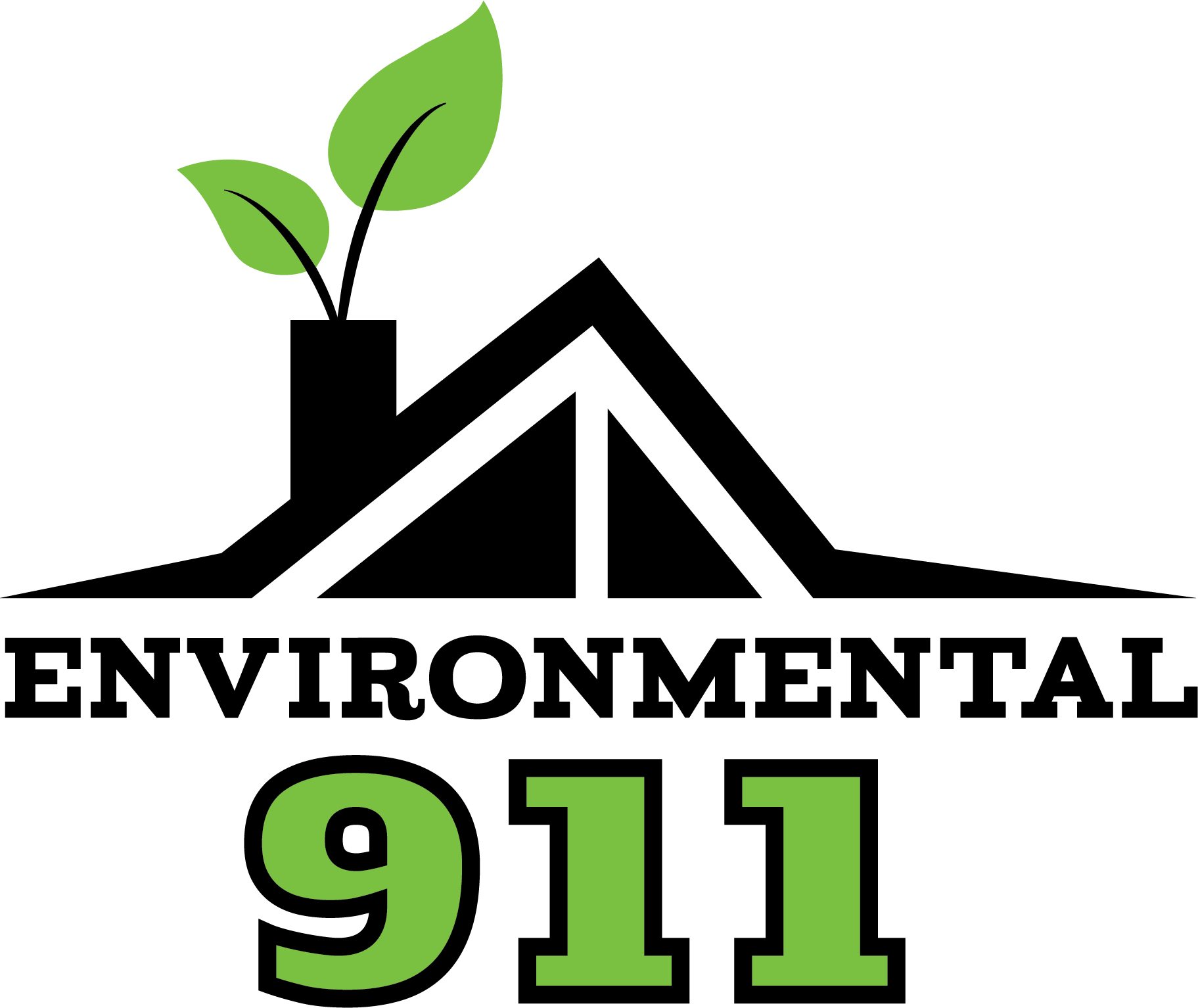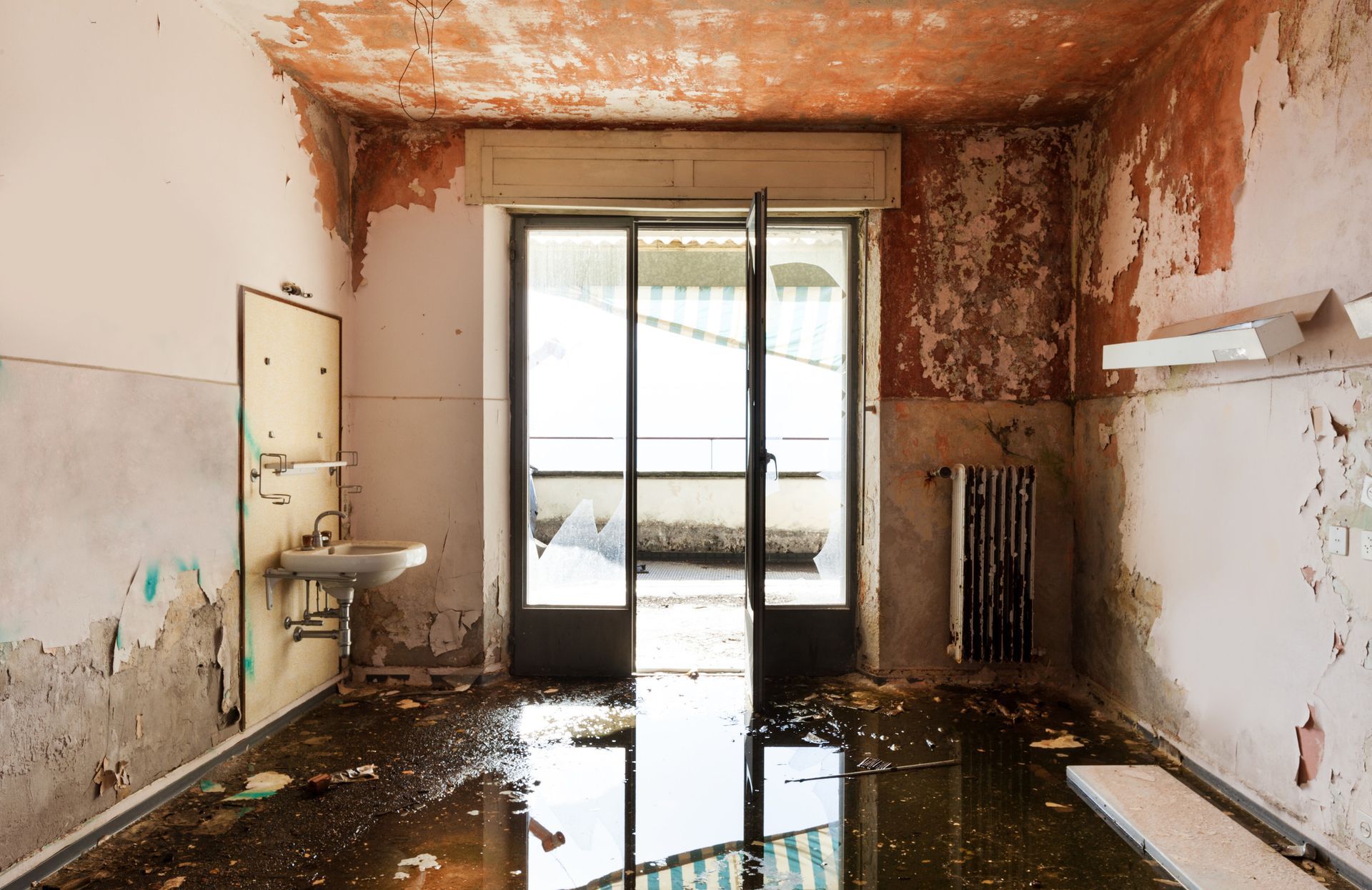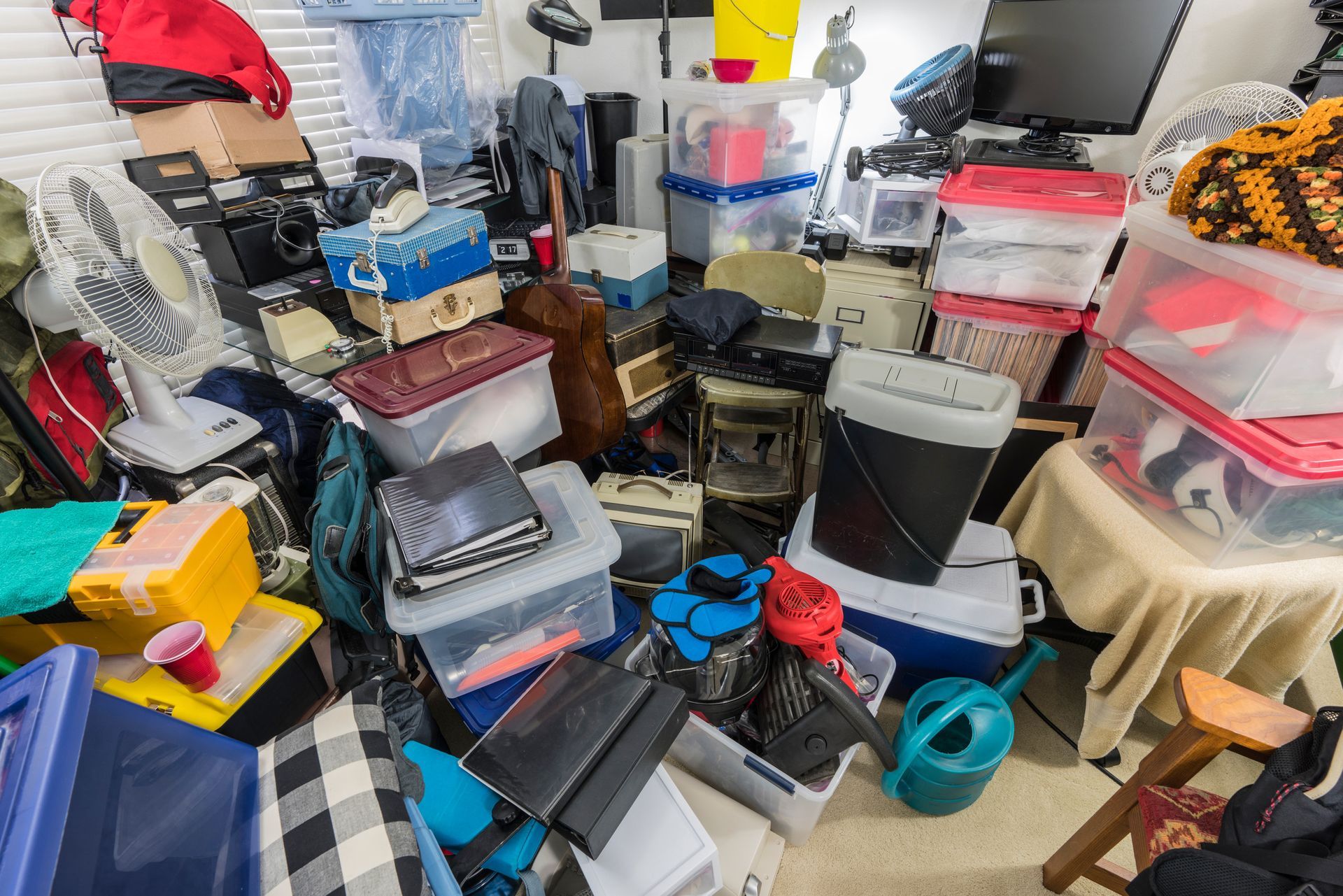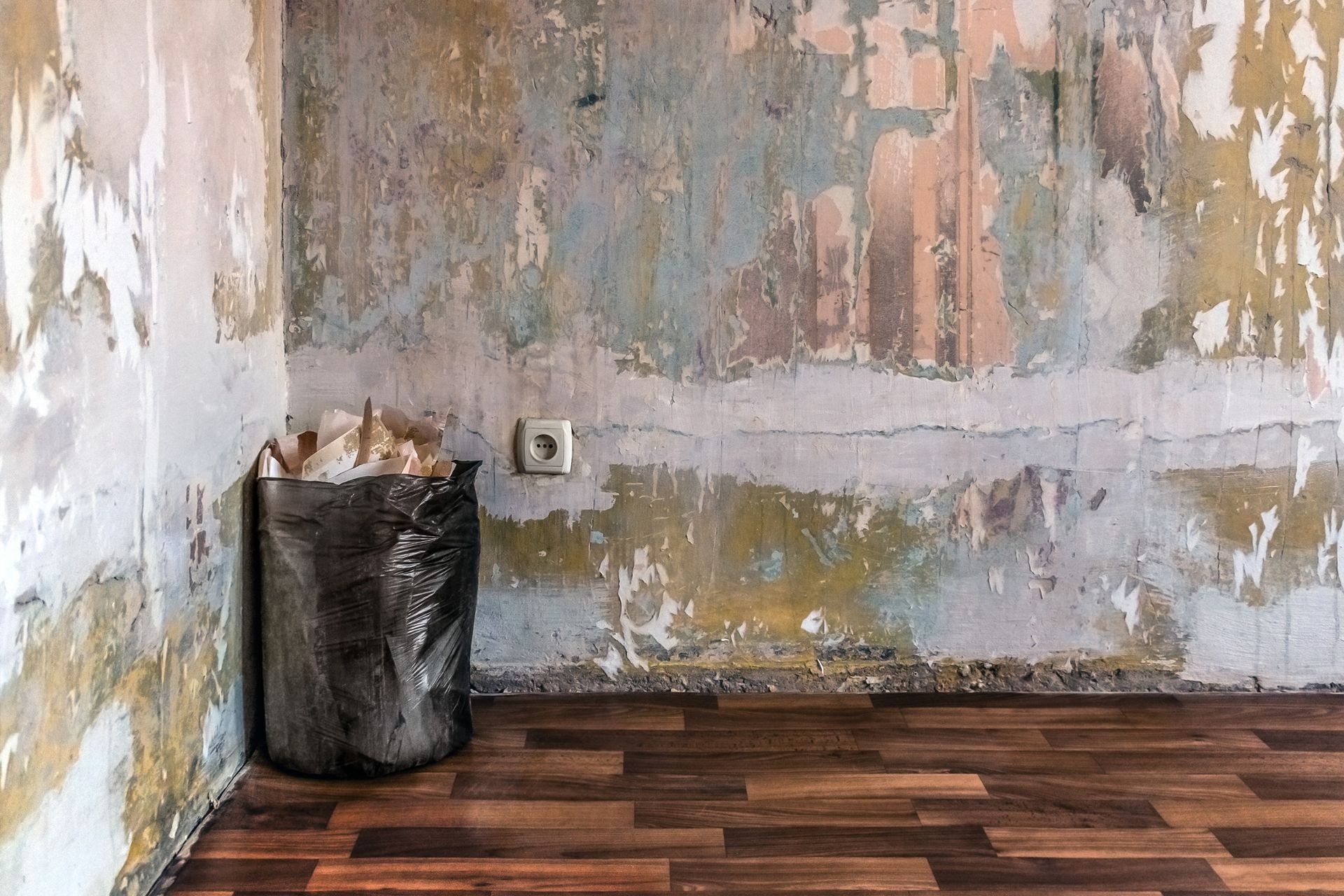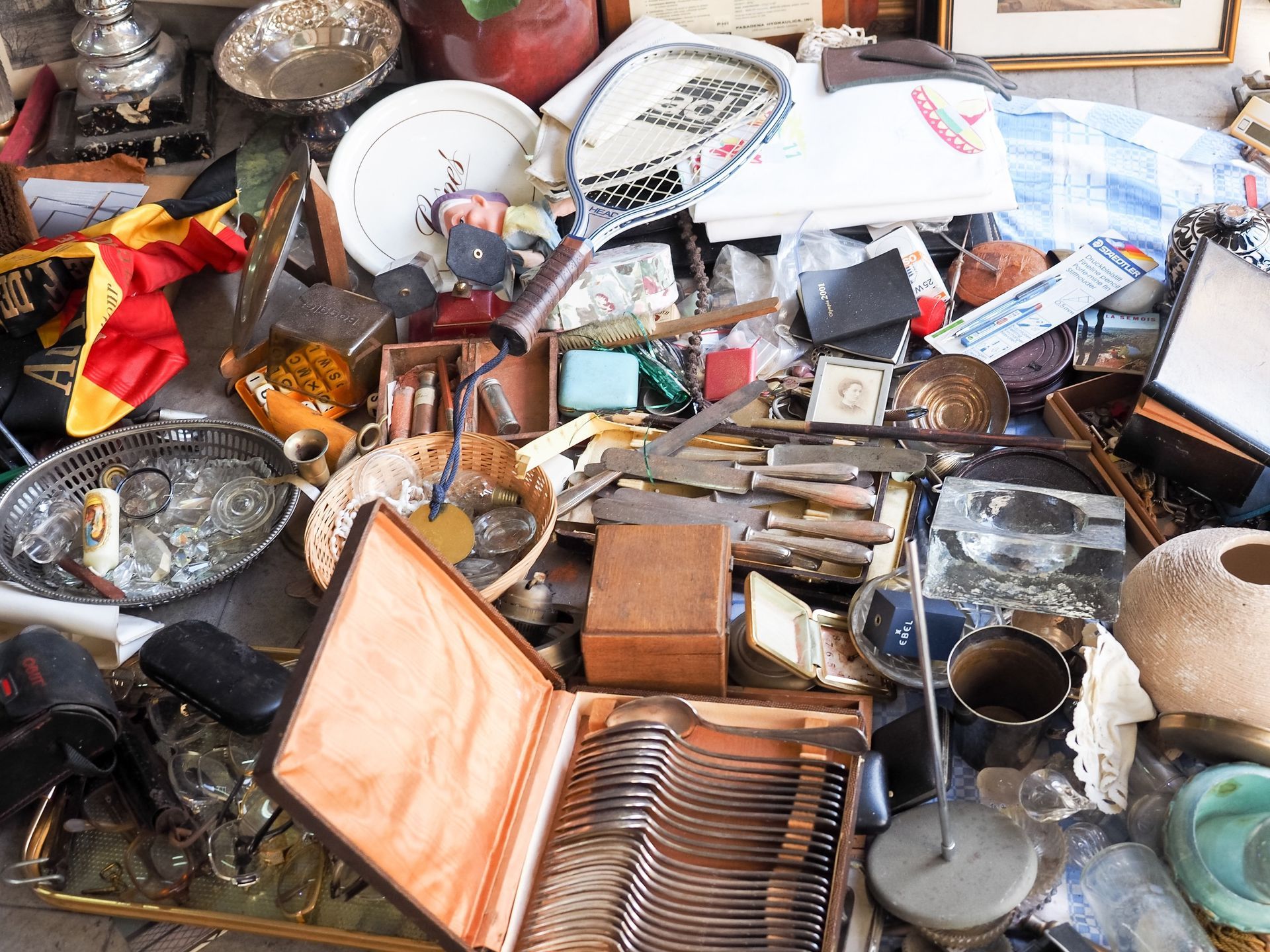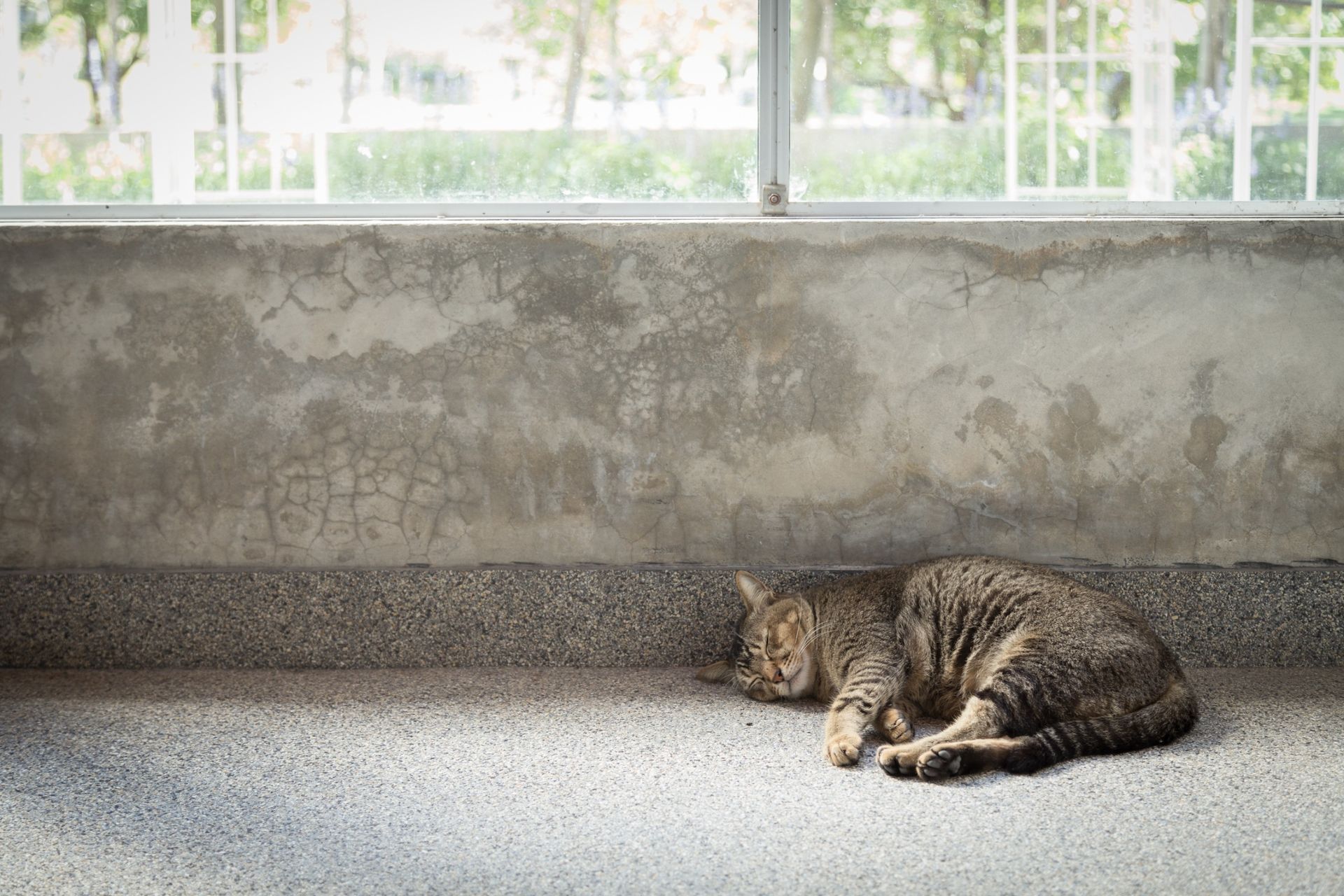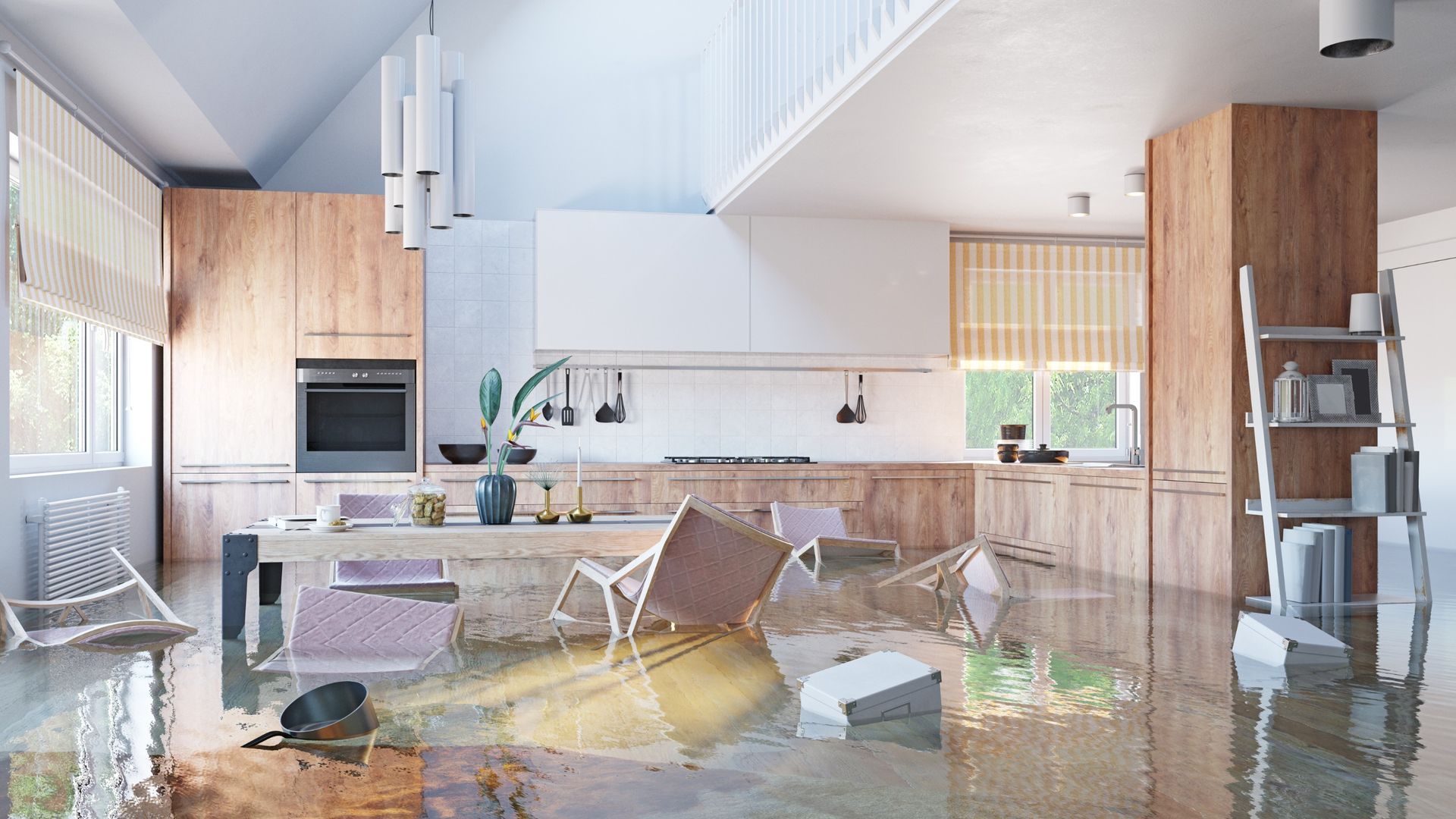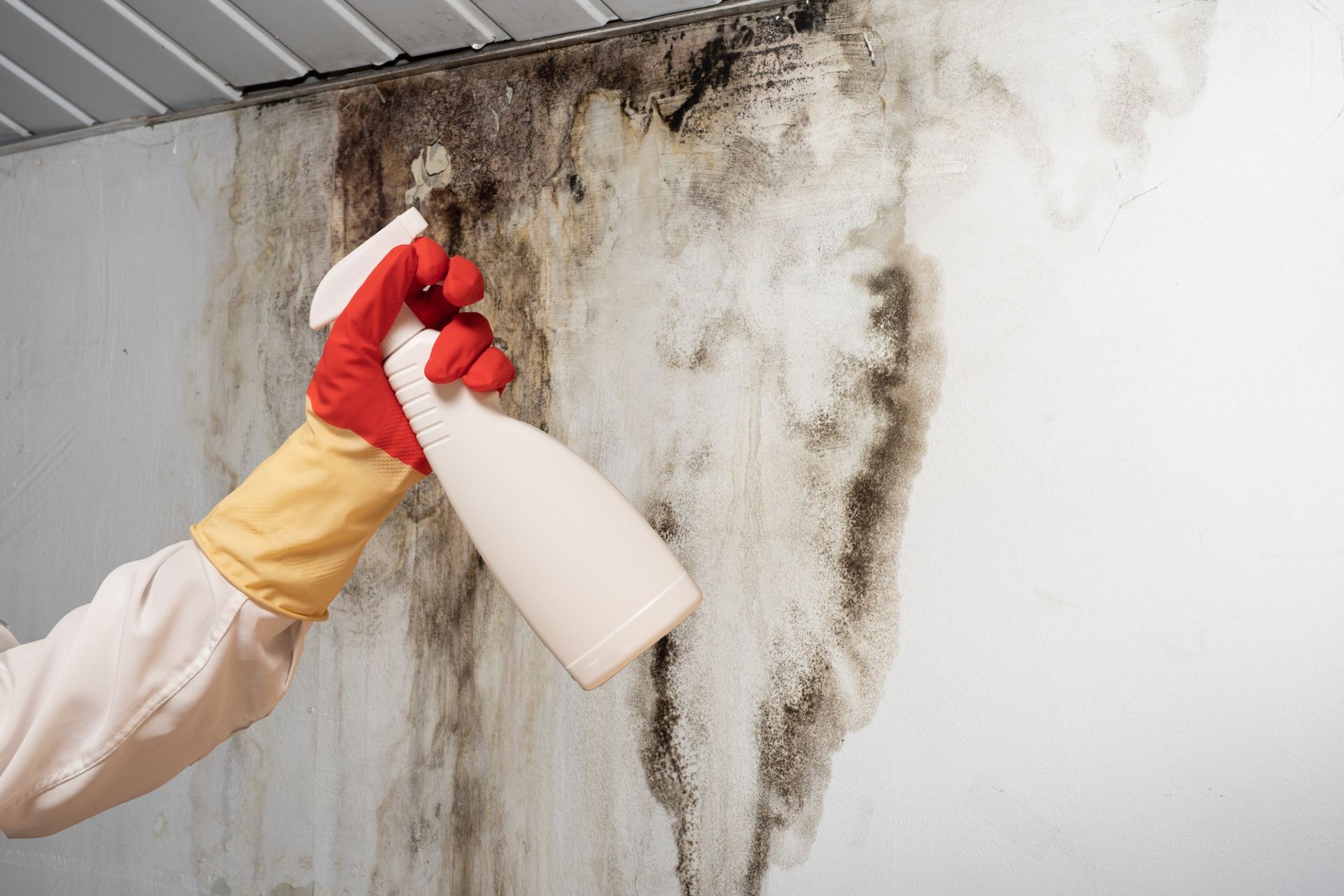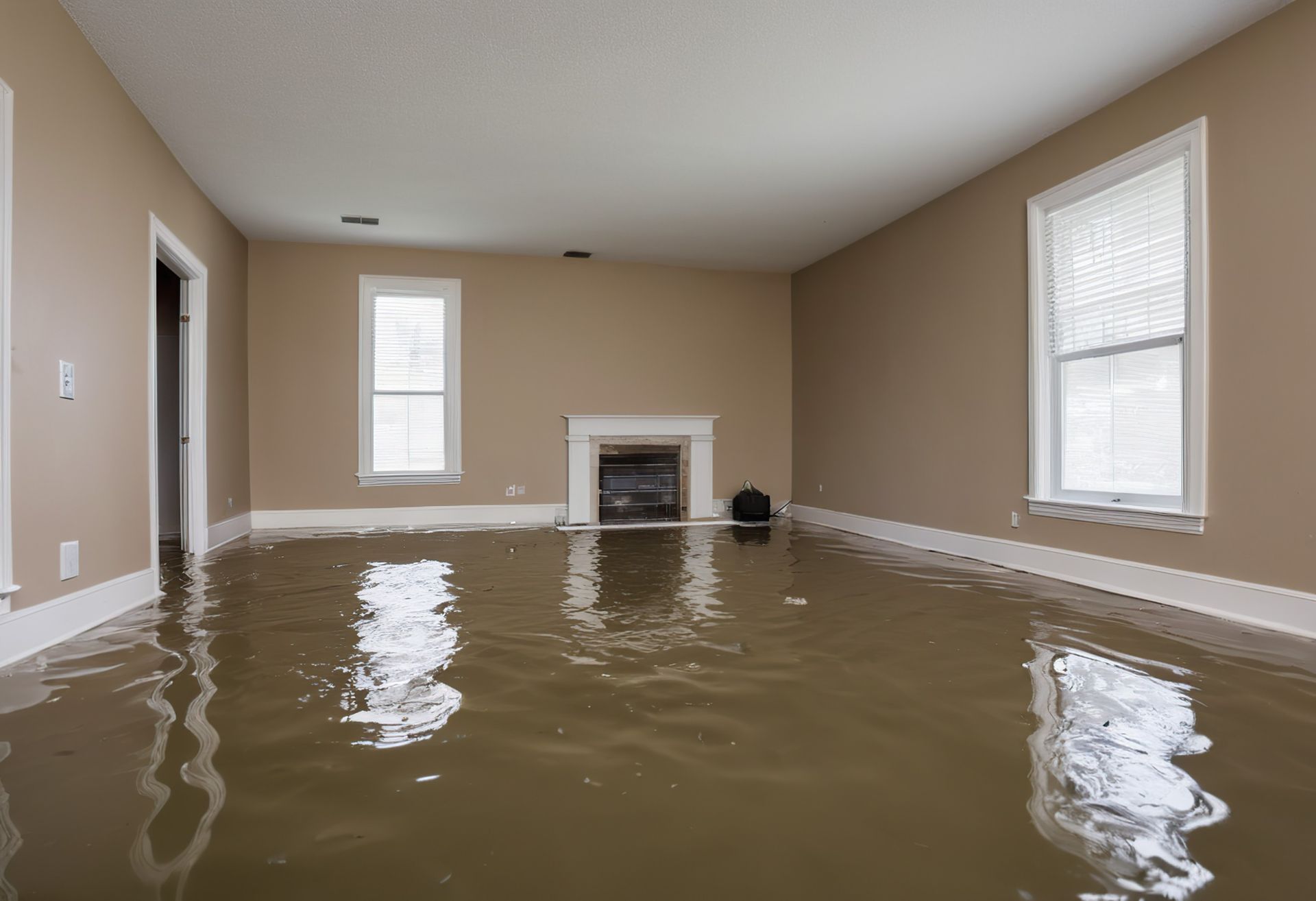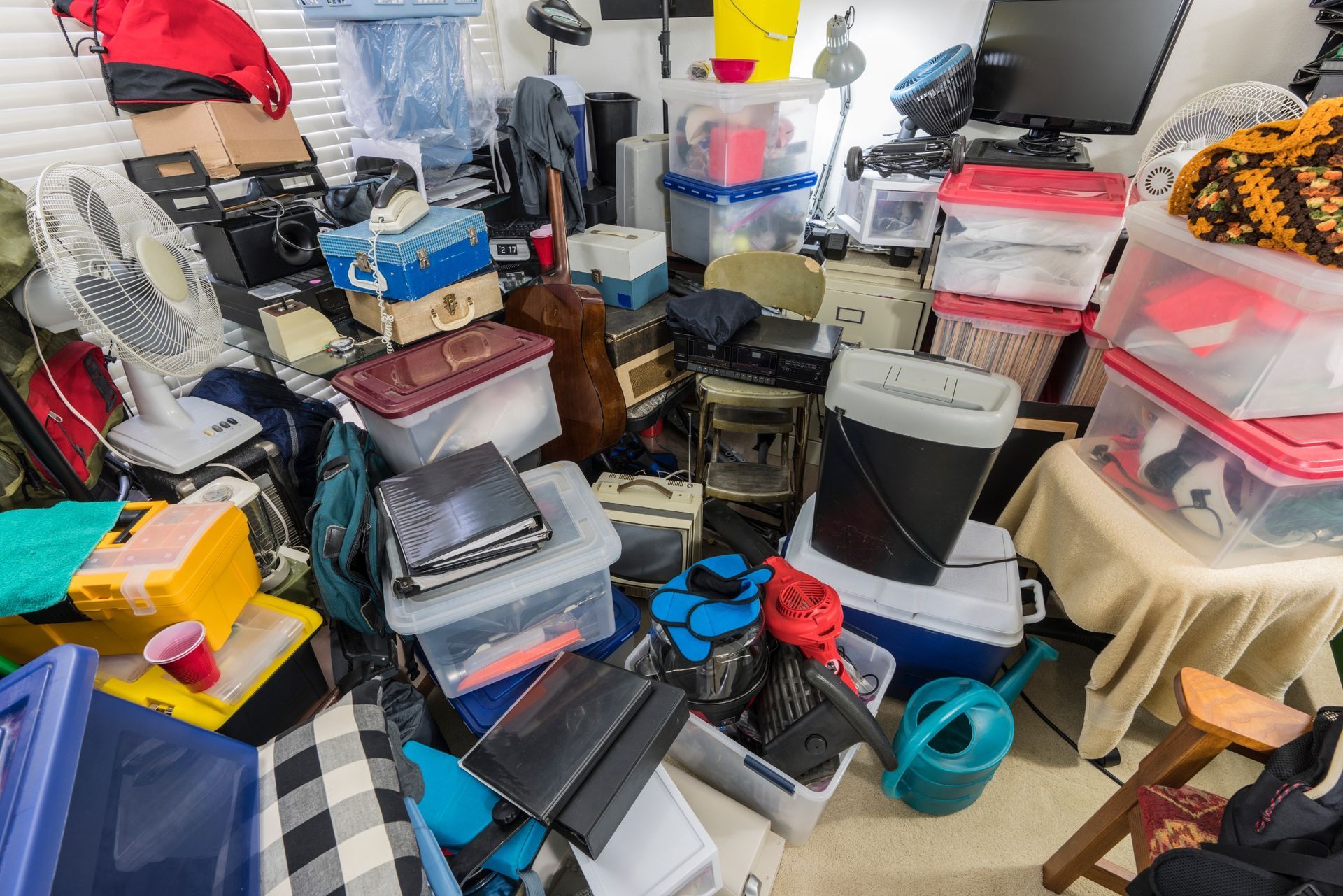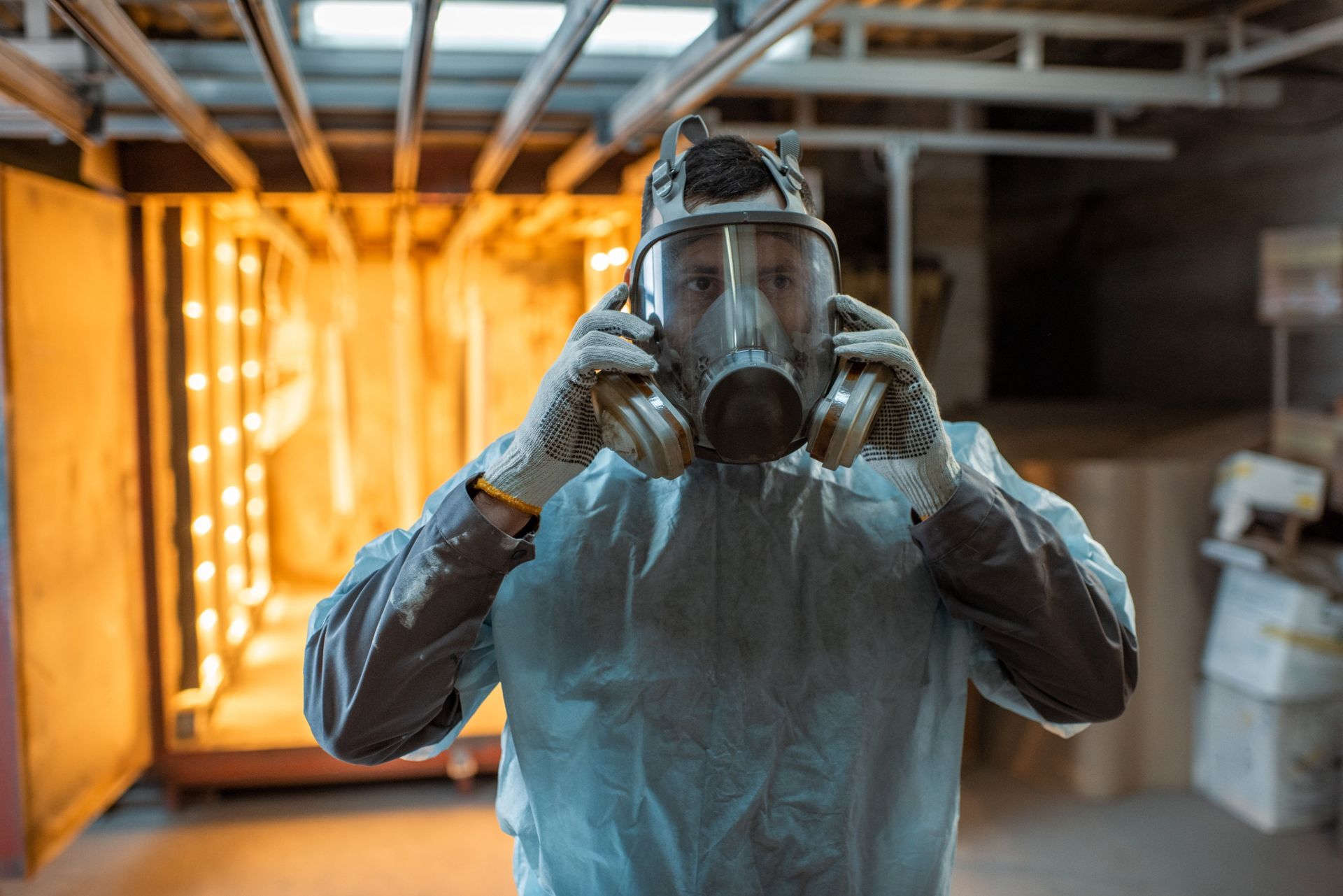Environmental 911
How a Water Loss Can Turn Your Life Upside-Down in a Hoarding Environment
Water damage is one of the most stressful challenges any homeowner can face. From a burst pipe soaking carpets to a leaky roof dripping onto personal items, the effects can disrupt your daily life and rack up thousands of dollars in repair costs. But in a hoarding environment, the impact of water loss grows exponentially.
When a home is filled with excessive clutter, even minor water damage can spiral into a full-blown crisis. Let's take a closer look at why water loss in a hoarding environment can completely upend your life, the risks involved, and the steps you can take to better protect your home.
What Makes Hoarding Environments More Vulnerable to Water Damage?
Hoarding disorder is often misunderstood, but at its core, it's the result of a complex emotional attachment to possessions. Unfortunately, excessive accumulation of items creates unique vulnerabilities when it comes to water loss.
Limited Access for Repairs
When a home is filled with clutter, normal access points to pipes, walls, and flooring can be blocked. What might be a quick repair in an uncluttered space becomes a challenging and time-consuming process in a hoarding household.
For example, a plumber addressing a leaking pipe in an average home may need half an hour to make the fix. But in a cluttered space, it could take hours just to move items out of the way, delaying essential repairs and worsening the damage.
Increased Moisture Retention
Items like old newspapers, boxes, and fabrics are highly absorbent. When water damage occurs in a hoarded home, these materials can act like sponges, soaking up moisture and making it harder to dry out the space fully.
This lingering moisture creates a breeding ground for mold, which significantly elevates health risks for everyone in the household. It can also cause structural damage to floors, walls, and ceilings over time.
Hidden Issues in Piles of Clutter
Water damage in hoarding environments isn’t always immediately visible. Water can pool underneath immovable stacks of items or seep into forgotten corners, going unnoticed for days or weeks. These hidden issues can lead to significant structural deterioration and skyrocketing repair costs.
Blocked Paths to Safety
An often-overlooked hazard of water loss in hoarded environments is its ability to block safe exit routes. Flooded hallways piled high with furniture or belongings can create impassable barriers, leaving residents vulnerable in emergencies.
The Risks of Water Loss in Hoarded Homes
The challenges of hoarding environments amplify the risks of water damage in several ways.
Health Hazards
Mold and Mildew Growth
One of the most immediate concerns following water damage is mold growth. Mold thrives in damp environments and can spread rapidly in spaces filled with paper, cloth, or wood. Prolonged mold exposure can trigger respiratory issues, allergies, and other health complications. That’s why swift action is crucial when dealing with mold. If you need professional mold removal in Pasadena, CA, our team is here to help. We specialize in prompt and effective mold remediation, ensuring your home or business is safe, clean, and free from harmful spores.
Contaminated Water
Depending on the source, water intrusion can bring harmful contaminants into the home. For instance, a sewage backup can release harmful bacteria and pathogens into the living space. Combined with clutter that traps bacteria, this can create hazardous living conditions.
Home Safety Risks
Structural Integrity
Persistent water damage can weaken wooden beams, warp flooring, and erode foundational elements of the home. With piles of heavy items adding extra strain, the structure may be compromised even faster in a hoarding environment.
Fire Hazards
Water and electricity are a dangerous combination. Damp electrical wiring, soaked power strips, or water pooling near appliances can create a serious fire hazard, especially in homes with excess clutter.
Emotional and Financial Toll
The emotional attachment to possessions in a hoarding environment can make the damage feel overwhelmingly personal. Items that may seem insignificant to others—such as old books, family photos, or memorabilia—might hold immense sentimental value to the homeowner. Cleaning up water damage in a hoarded space also comes with a hefty financial price tag. Greater clutter leads to longer cleanup times, more labor, and increased repair costs.
Steps to Minimize Risk
While water loss can feel catastrophic in a cluttered environment, there are steps you can take to reduce your risk and mitigate the damage.
Conduct Maintenance Checks
Regular home maintenance can prevent many water issues from occurring in the first place. Check pipes for leaks, inspect roof gutters, and ensure appliances like dishwashers and washing machines are in good working order. For hoarding households, prioritize areas with known issues. Even clearing a small, targeted section can make future repairs significantly easier.
Work with Professionals
When dealing with water damage, time is of the essence. Hiring licensed water damage restoration professionals can help you address the issue quickly and minimize its impact. Look for companies with experience in navigating the challenges of hoarded spaces.
Additionally, connect with professionals who specialize in decluttering and organizing. They can help create safer pathways in your home, increasing accessibility in case of future water damage.
Seal Vulnerable Areas
Take preventative measures by sealing areas prone to water leakage. Apply waterproof sealant to basement walls, install weatherstripping around windows, and ensure outdoor drains are clear. These small investments can make a significant difference, especially in cluttered spaces where water damage can spread more quickly.
Prioritize Decluttering
Decluttering can be an emotional and challenging process, but it’s one of the most effective ways to protect your home from water damage. Start small by focusing on one section of your home at a time, choosing items to donate, recycle, or discard. If possible, work with a trusted friend, family member, or therapist to provide emotional support during the process.
Why Acting Now Can Save You Heartache Later
Water loss in a hoarding environment isn't just a minor inconvenience—it has the potential to turn your home and life upside-down. From hidden mold and structural risks to skyrocketing repair costs, the consequences are far-reaching.
Taking proactive steps, whether it’s scheduling maintenance checks, clearing cluttered pathways, or exploring professional help, can save you from future stress, health risks, and financial burdens.
Remember, small changes today can lead to big improvements in both your living environment and peace of mind.
Take the First Step with Environmental 911
Are you ready to tackle hoarding and reclaim your living space? Environmental 911 is here to help you every step of the way.
Our team of specialized cleanup professionals understands the unique challenges posed by hoarding and is committed to providing compassionate, thorough, and efficient services tailored to your needs.
Are you looking for professional
mold damage removal in Pasadena? Don’t wait to take the first step toward a healthier home. Contact Environmental 911 today for a consultation and let our expertise create a safer environment for you and your loved ones.
Environmental 911
If you're looking for restoration services in the Pasadena area, look no further. Environmental 911 provides the expert restoration service that your property needs.
Contact Us
2070 E Walnut St,
Pasadena, CA 91107
USA
LICENSE #(626) 316-6651
Quick Links
Services
All Rights Reserved | Environmental 911
